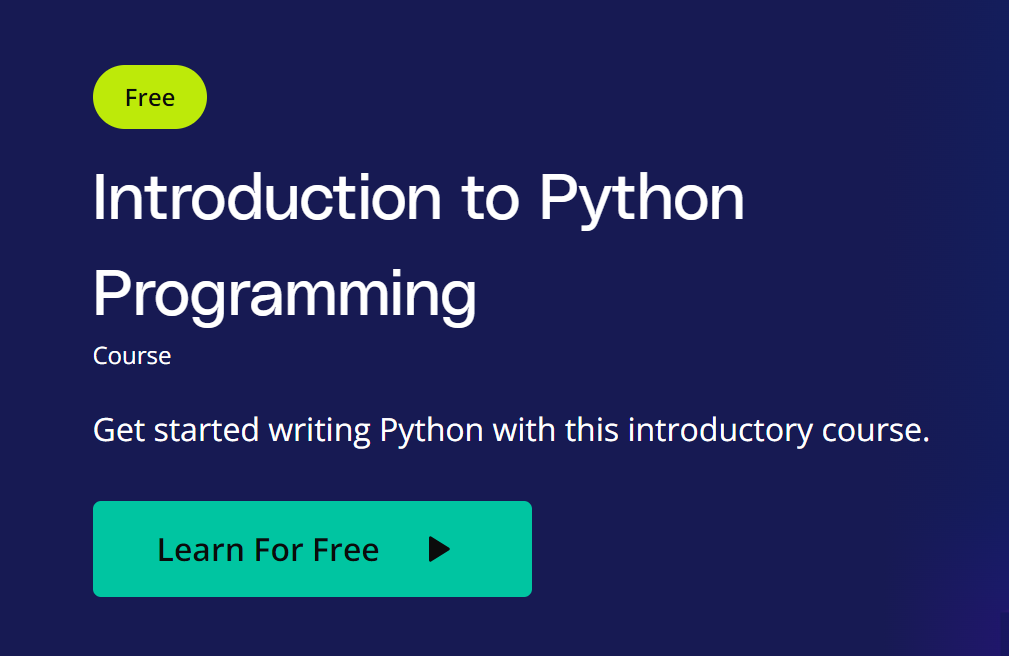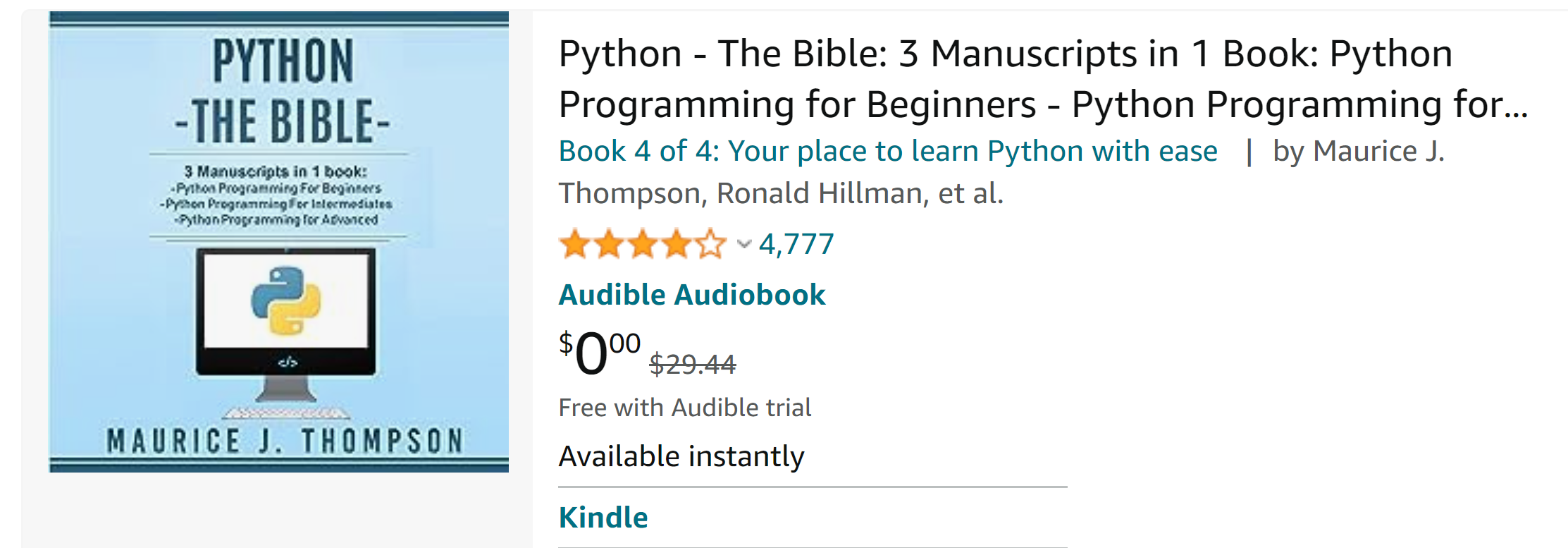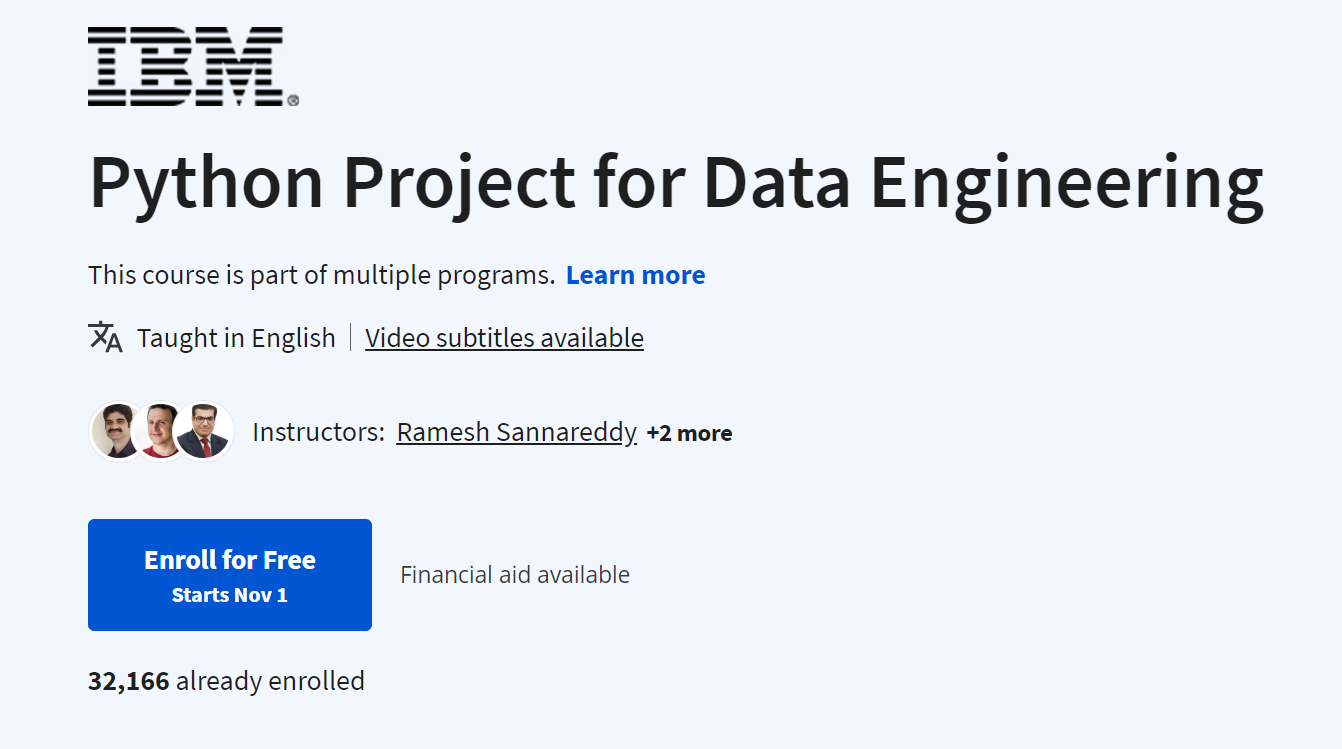Deep learning is a fast-moving field with sweeping relevance in today’s increasingly digital world. Understanding Deep Learning provides an authoritative, accessible, and up-to-date treatment of the subject, covering all the key topics along with recent advances and cutting-edge concepts. Many deep learning texts are crowded with technical details that obscure fundamentals, but Simon Prince ruthlessly curates only the most important ideas to provide a high density of critical information in an intuitive and digestible form. From machine learning basics to advanced models, each concept is presented in lay terms and then detailed precisely in mathematical form and illustrated visually. The result is a lucid, self-contained textbook suitable for anyone with a basic background in applied mathematics.
Up-to-date treatment of deep learning covers cutting-edge topics not found in existing texts, such as transformers and diffusion models
Short, focused chapters progress in complexity, easing students into difficult concepts
Pragmatic approach straddling theory and practice gives readers the level of detail required to implement naive versions of models
Streamlined presentation separates critical ideas from background context and extraneous detail
Minimal mathematical prerequisites, extensive illustrations, and practice problems make challenging material widely accessible
Programming exercises offered in accompanying Python Notebooks





.png)







s.PNG)
.png)

.png)

.png)



.png)



.png)


.png)




.png)





.png)
.png)



















.png)



























